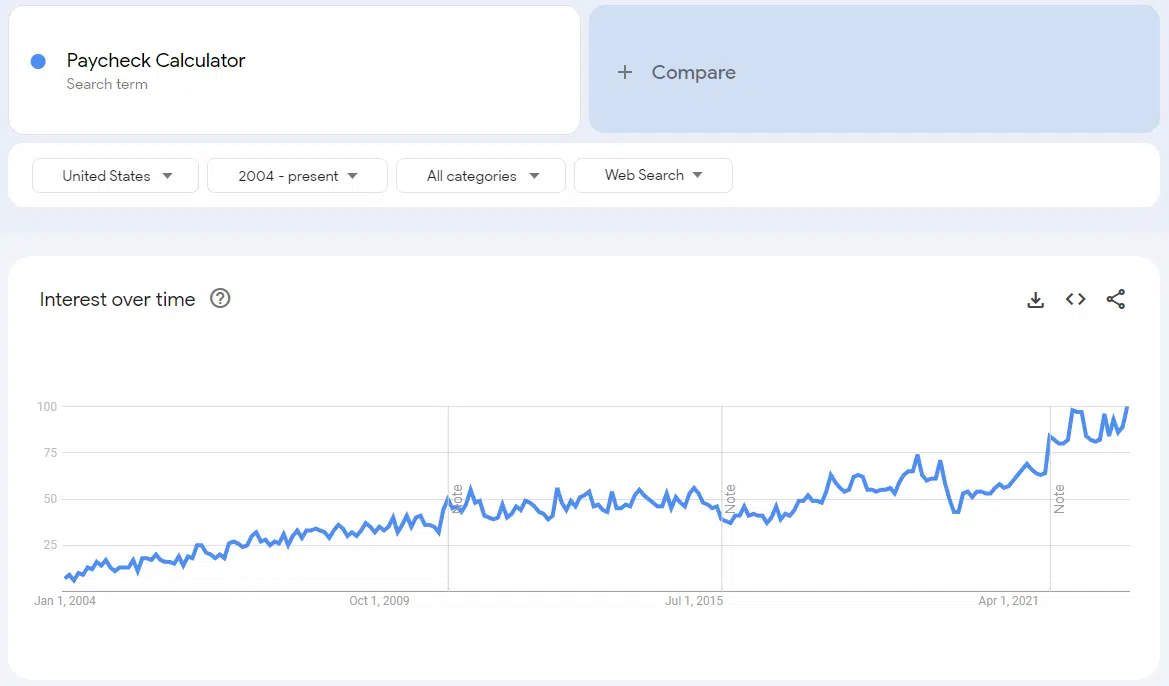Customer-centric SEO: Adapting your search strategy for success
Step beyond the confines of keyword-centric SEO. Learn how to refine your content roadmap by prioritizing customer insights.
Search behavior has evolved since the inception of search engines. Google’s confirmation that 15% of queries are new underscores the dynamic nature of search.
This exposes a weakness in traditional keyword research, which heavily relies on a user feedback loop that limits the discovery of emerging topics.
This article explores how integrating customer insights into your SEO strategy can help you succeed in the evolving search landscape.
The limitations of keyword research
Keyword research has long been considered a necessary element in content creation. However, a keyword-centric approach lacks foresight into future trends and fails to prioritize the customer.
Sadly, this approach is common in SEO campaigns. We might pursue monthly search volume (MSV) and rankings without assessing if that traffic is qualified to convert.
Relying solely on keyword analysis often overlooks untapped opportunities and inhibits your business from staying ahead of competitors.
As searchers’ needs evolve, we must strive for a deeper understanding of our customers and integrate this knowledge into our SEO strategies.
Customer insights: A strategic approach
We gain a significant advantage when we go beyond traditional keyword research and prioritize understanding customers. Connecting and engaging with customers can uncover content ideas that competitors may have missed.
This strategic approach enables you to become a first mover within search engine result pages (SERPs), enhancing your visibility and authority.
Consistently delivering new content aligned with customers’ needs can compound this advantage, establishing your brand as a true authority in your industry or niche.
To establish and increase topical authority, strive to become an authoritative source that produces comprehensive and focused content on specific subjects.
Identifying and addressing content gaps left by competitors lets you demonstrate your expertise by building a complete and high-quality collection of content, such as a blog post, knowledge base, or other resources.
However, it is equally crucial to go beyond this by consistently bringing new ideas and information to the web.
How to broaden your content roadmapping strategies
Content roadmapping should extend beyond the confines of keyword research. A more customer-centric approach enables your business to deliver exceptional value to your target audience.
The following are alternative ways to gain insights to shape your future content strategies. You may use one or more of these methods depending on your business goals.
Method 1: Jobs-to-be-done
A jobs-to-be-done (JTBD) analysis helps you focus on customers’ desired outcomes by examining the tasks they use a product for. This reveals valuable insights by:
- Evaluating the wants and needs of customers.
- Identifying the main and related jobs they are trying to accomplish.
- Understanding the steps taken to complete each job.
Conducting a JTBD analysis enables you to craft targeted content that addresses customers’ needs and fosters deeper connections.
Let’s consider Screaming Frog, a company seeking to enhance its SEO Spider tool and conduct a JTBD analysis. They may identify crawling sitemaps as a primary job while scraping sites using the extraction tool emerges as a related job.
During the analysis, they might uncover the pain point when utilizing the browser’s XPath selector output in the extraction process, as it may not always yield the desired results.
This discovery prompts them to create a series of tutorials on XPath syntax, simplifying the learning process for users.
Method 2: Product-led SEO
In this approach, you’ll develop a product that drives your SEO strategy rather than using SEO to market the product.
The key is to build a product that is new or better than the competition, programmatic and scalable while addressing untapped search demand.
By developing an offering incentivizing searchers to click from SERPs, you can build search demand as your product is adopted while bringing new resources to the web.
Conduct primary research with users to validate product-market fit and learn from your customers’ needs and preferences.

A successful product that may have been part of a product-led SEO strategy is SmartAsset’s Paycheck Calculators.
For a finance-focused website, a paycheck calculator offers value to customers who frequently manually compute paychecks for budgeting and financial planning.
Regardless of whether SmartAsset was the first to develop the paycheck calculator or merely created a better version than competitors’, tool adoption has driven an increase in search demand over time.

SmartAsset built and refined these calculators tailored to specific states, creating 50 high-quality pages. They succeeded in their product-led efforts by ensuring product-market fit.
Customers naturally support a product when this is achieved since the offering is highly targeted toward helping them.
Method 3: Conduct primary research
Primary research helps you learn about customers through:
- Subject matter expert interviews.
- Customer interviews.
- Survey data.
- User product data.
- And more.
Through this process, you can unlock valuable insights that can enhance existing content and inspire new content ideas yet to be explored on the web.
New and compelling content ideas naturally emerge as you gather and synthesize customer insights. Your team may be inspired to brainstorm innovative topics that have never been considered.
Moreover, insights from primary research benefit marketing, support, and product teams. Integrating these insights fuels a comprehensive strategy, enhancing customer experiences beyond SERPs throughout the buyer journey.
Presenting research as a holistic customer experience solution for budget-conscious teams can secure leadership buy-in.
Dominate search with customer-centric SEO
Thriving in search demands customer-centric SEO. Beyond keywords, embracing customer insights will give your SEO strategy a competitive edge.
Customer-centricity aligns with search engines’ aims: to deliver diverse, helpful results.
Businesses that maintain the highest level of topical authority will become trusted sources, gaining more authority in SERPs as a reward.
It’s time to go beyond keywords and embrace customer insights. By doing so, you’ll level up your SEO results and foster stronger connections with your customers.
Opinions expressed in this article are those of the guest author and not necessarily Search Engine Land. Staff authors are listed here.
Related stories
New on Search Engine Land